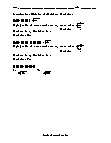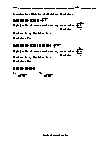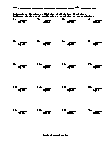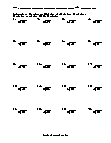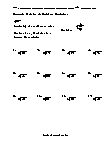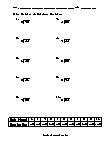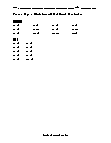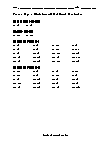Division with Remainders Worksheets
What Are Remainders in Division? There are four fundamental arithmetic operations in mathematics, and these include addition (+), subtraction (-), multiplication (×), and division (÷). Addition and subtraction are opposite operations and multiplication, and division are opposite operations. Division operation causes a quantity or an object to reduce in size because division operation is to split a quantity in equal portion, groups, or parts. There are two cases of division, the first is where the dividend is completely divisible by a divisor. The second case is where a dividend is not completely divisible by a divisor. The second case, results in a remainder. There are four types of values that we need to identify when dividing two numbers and these are divisor, dividend, quotient, and remainder. To understand the concept of remainder let’s take an example of 7 cupcakes that you are required to equally divide among three people. When you divide the cakes, after giving each 2 cupcakes, one will be left. The one left is what we know as the remainder.
-
Basic Lesson
Demonstrates how to determine if a problem result in a remainder. The example shows the concept of a remainder and no remainder such as 24 divided by 6. Saying table of 6 we reach near 24, so we write: Quotient is 4, Remainder is 0.
View worksheet -
Intermediate Lesson
Walks students step-by-step through dividing with and without remainders.
View worksheet -
Independent Practice 1
Asks students to determine is a division problem results in a remainder. The answers can be found below.
View worksheet -
Homework Worksheet
Reviews identifying remainders in division problems for students to work on at home.
View worksheet
The Anatomy of Division
Division is the process of repeated subtraction or the separation of a number into groups to find out how many times one number goes into another. The answer is called the quotient and if there are any left over, that is called the remainder.
